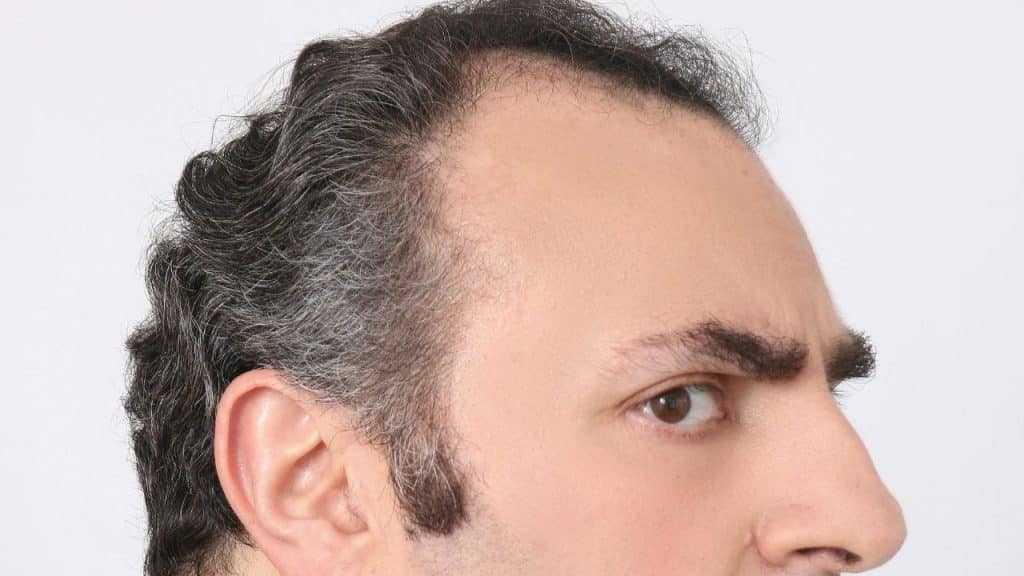
Hairlines and hair loss are tricky territory for men. Everyone’s got an opinion, from barbers to gym buddies, and most of it is a mix of half-truths and myths passed down like bad advice. You might think you know what “counts” as a receding hairline, what causes it, or how to stop it — but chances are, you’ve got a few things wrong. So let’s cut through the noise so you know what’s normal, what’s worth acting on, and what’s just marketing hype.
Mistaking a Mature Hairline for Balding
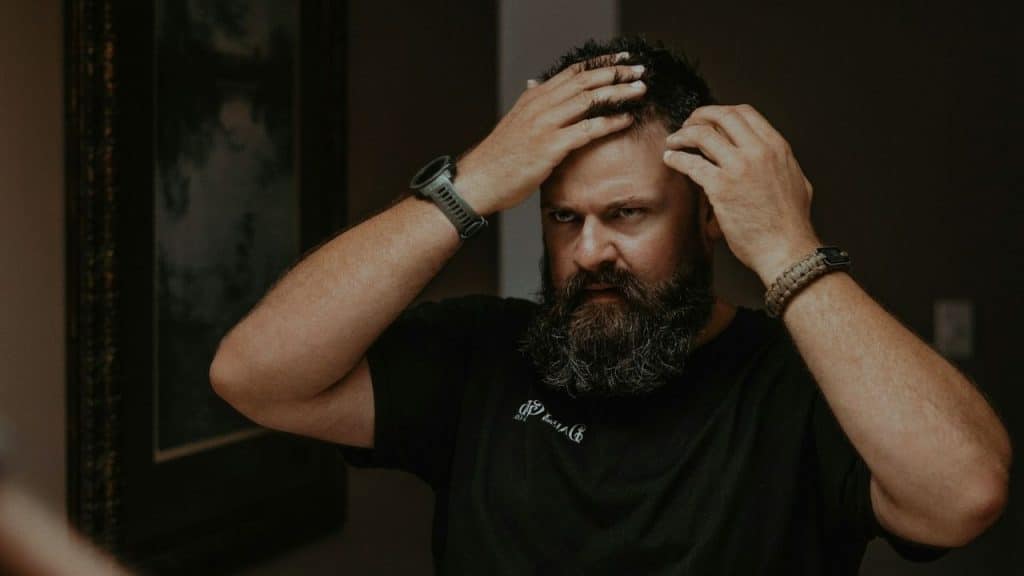
Most guys freak out when their childhood hairline starts to change, but a receding hairline and a maturing hairline are not the same thing. A maturing hairline usually moves back about half an inch to an inch, and then it stops. It’s a normal part of getting older. A receding hairline, on the other hand, keeps moving back, usually in a distinct M or V shape, and the hair gets noticeably thinner at the temples. You’re not balding just because your forehead got a little bigger.
A mature hairline stabilizes, while a receding hairline continues to progress. Snap a photo of your hairline under neutral lighting today. Set a reminder in your phone for six months from now to take another one and compare them.
Letting Harsh Lighting Freak You Out

That glaring overhead light in your bathroom is a liar. It’s designed to make you look bad. It casts shadows on your scalp, highlights every bit of thinness, and makes a full head of hair look like a battlefield. Then you take a picture with the flash on and feel even worse. This is not what the world sees when they look at you, so stop letting it dictate your self-worth. It’s a simple trick of physics, not a sign of imminent baldness.
Bad lighting exaggerates thinning, so don’t let it be your only reference. Go into a room with natural light and take a picture of your hair with your phone. That’s a far more accurate baseline than a harsh bathroom mirror.
Believing Hats Cause Hair Loss

You can put that old wives’ tale to bed. Wearing a hat won’t make you go bald. Hair loss happens from within, not from something pressing down on the outside. The only tiny exceptions are if you’re wearing a hat so tight it’s causing traction alopecia or if you’re wearing a filthy hat that’s creating a swampy, bacteria-ridden environment on your scalp. So don’t wear a beanie a size too small, and maybe wash your favorite baseball cap once in a while.
Panicking Over Creatine
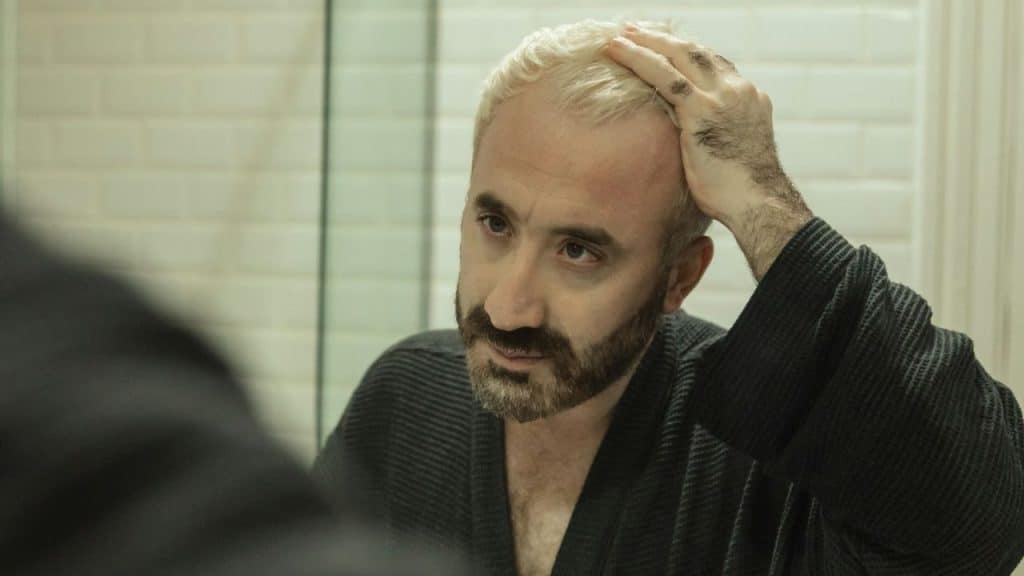
The myth that creatine causes hair loss comes from one study that showed an increase in a hormone called DHT, which is linked to male pattern baldness. But that study was small, and no other research has ever replicated those results. For most guys, the benefits of creatine for strength and performance outweigh this unproven risk. If you’re already genetically prone to balding, it might be a factor, but for everyone else, it’s not a proven cause.
If you’re really worried, consider a two-month break from creatine. Keep an eye on your hairline and take weekly photos to see if anything changes.
Expecting Minoxidil to Work in Weeks
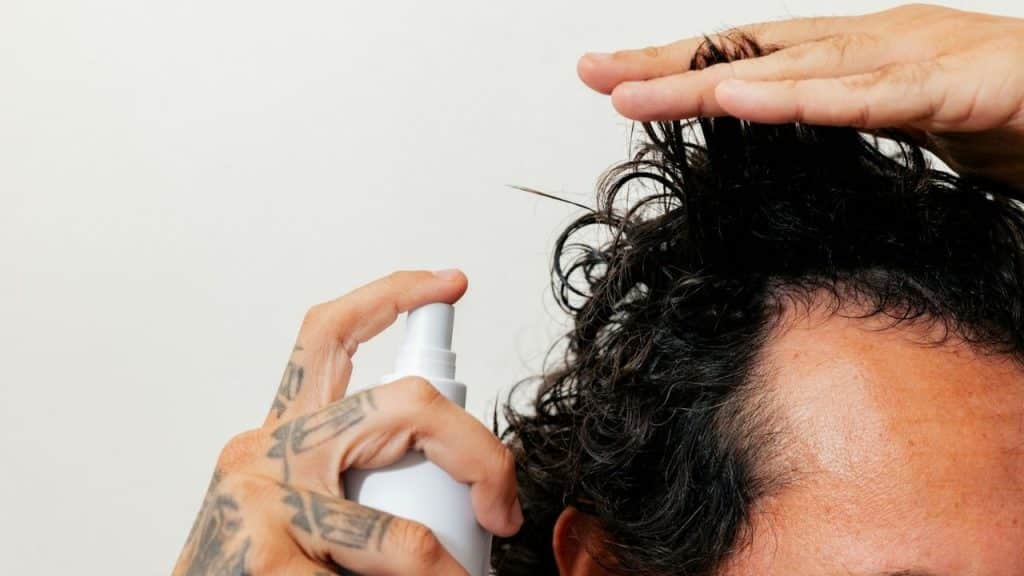
You saw the commercials and bought the foam, but why isn’t it working yet? You might even think it’s making things worse. That’s because the first month or two on minoxidil, also known as Rogaine, often involves something called the shedding phase. Your old, weaker hairs are pushed out to make way for the new ones. It’s a sign that it’s actually working, not failing. True results take at least 3-4 months to show, and you have to stick with it every single day.
Minoxidil shedding is a sign of new growth and not something to panic about. Commit to using minoxidil every day for six months before you make any judgments. That’s the real timeline for seeing results.
Avoiding Finasteride Because of Horror Threads
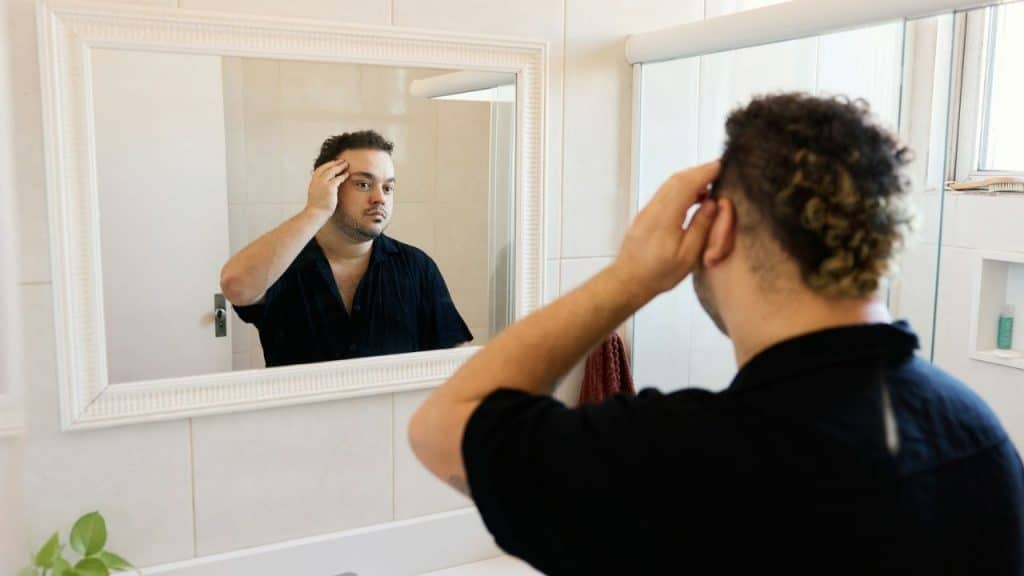
The internet is a scary place, and the forums are full of guys screaming about side effects from Finasteride, such as a lost libido. The truth is, while side effects are a possibility, they affect a very small percentage of users. Finasteride is the most effective, first-line treatment for male pattern baldness, and doctors have been prescribing it for decades. Don’t let a few vocal minority posts stop you from exploring a proven option. You don’t have to suffer just because some random guy on Reddit had a bad time.
Schedule an appointment with a doctor or dermatologist to discuss Finasteride. Be open about your concerns and ask about a low-dose option to start.
Treating Shampoos and Gummies Like Cures
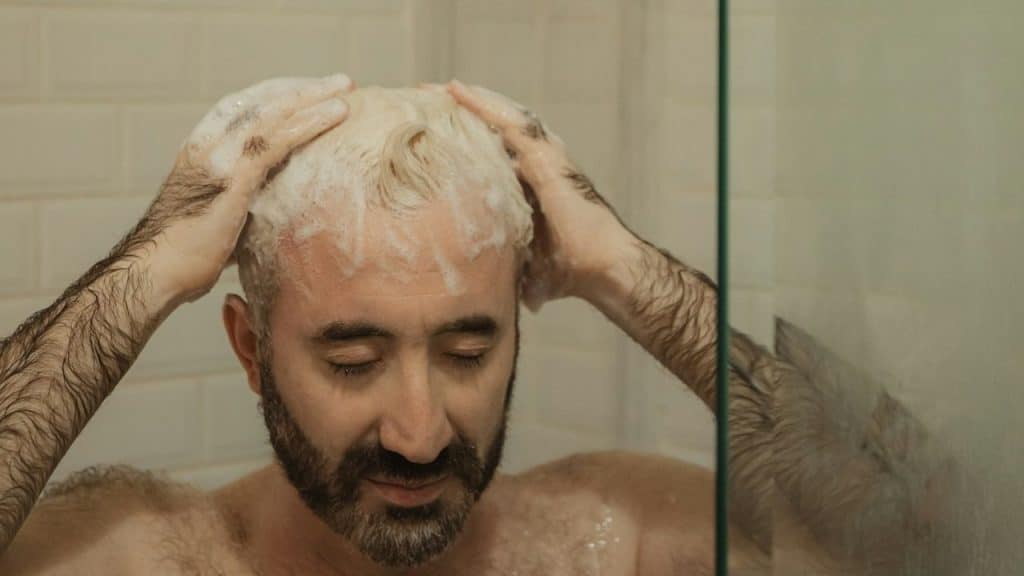
Don’t fall for the slick marketing. That expensive shampoo might make your hair feel thicker and look shinier, but it can’t bring back a follicle that’s already dead. The same goes for those “hair growth” gummies and supplements. They might help if you have a specific vitamin deficiency, but for male pattern baldness, which is hormonal, they’re just an overpriced snack. You need to target the root of the problem, and that’s not something you can wash in or chew on.
Shampoos and gummies can only improve the health of existing hair; they won’t stop balding. Save your money on the fancy stuff. Stick to a simple, gentle shampoo and focus your efforts on a proven, evidence-based treatment.
Waiting Too Long to Act

When it comes to hair loss, time is your most valuable asset. The longer you wait, the more follicles you lose, and once they’re gone, they’re gone for good. That’s why early intervention is key. If you catch it in the early stages, you can often save a lot of the hair you have and even regrow some of what you’ve lost. Waiting until you’re a Norwood 4 or 5 leaves you with far fewer options. Start a simple photo log today and add a note to your calendar to check in on it every month. This simple habit will help you stay on top of any changes.
Using the Norwood Scale Wrong
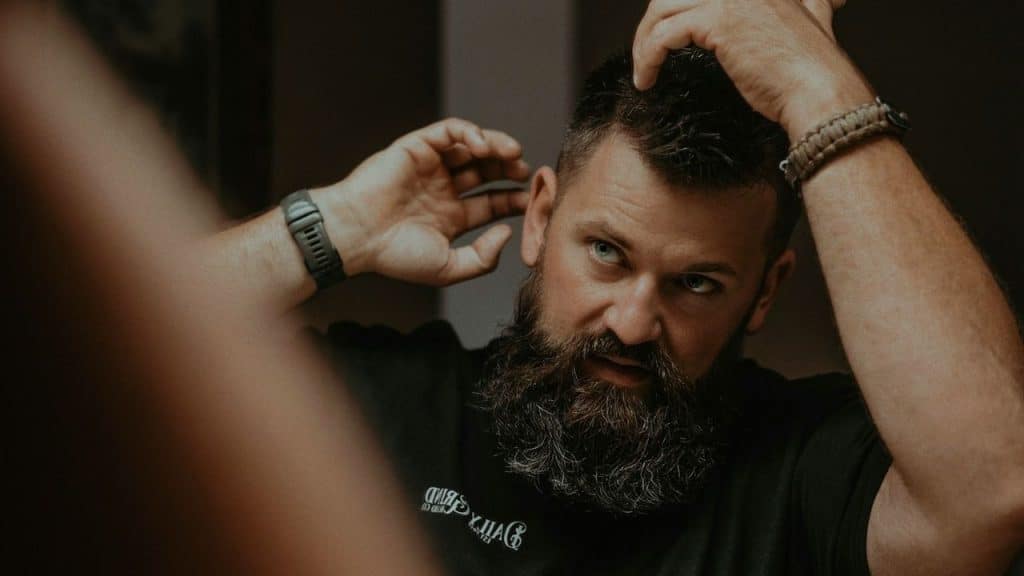
The Norwood scale is a great tool, but it’s not the final word. It’s designed to classify a very specific pattern of balding, and it doesn’t account for other types of thinning or different head shapes. You might be a Norwood 2 in one light and a Norwood 3 in another. It’s a reference, not a diagnosis. Don’t get so caught up in the numbers that you miss the bigger picture.
Find a high-resolution image of the Norwood scale and compare your hairline, but don’t let it give you an identity crisis. If you’re truly worried, talk to a professional.
Confusing a Double Crown or Cowlick with Balding

A cowlick or a double crown at the back of your head is a normal part of your hair growth pattern. It’s a point where your hair grows in a swirl, and it can sometimes look like a thin spot. But a cowlick has a distinct pattern, and it doesn’t change. Balding in the crown, on the other hand, will show a visible thinning over time. It’s a common mistake, but if you’ve had a cowlick your whole life, it’s not suddenly a bald spot.
Jumping to a Transplant Before Stabilizing

Transplants are a great option for many guys, but they are not a magical fix. They are an expensive surgical procedure, and if you get one before your hair loss is stabilized, you’re just wasting money. You need to be on Finasteride or Minoxidil for at least a year to stop further loss. Transplant surgeons will even tell you that. You only have a finite number of grafts, so you want to make them count.
If a transplant is something you’re considering, research the costs and timelines, but commit to a medical treatment plan for at least 12 months first.
Chasing TikTok Hacks and “Miracle” Serums

The internet is full of guys with bad lighting and worse advice telling you about “miracle cures.” Don’t fall for it. If a remedy sounds too good to be true, it probably is. Hair loss is a huge market, and there are a lot of people out there trying to sell you a product that won’t work. Before you try anything new, ask yourself a few questions: What is the scientific mechanism? Is there any evidence? How long will it take to work? Is it safe?
Most internet remedies are ineffective scams designed to take your money. Before buying a new product, check to see if it contains Minoxidil, Finasteride, or Ketoconazole. If not, it’s probably not going to help you regrow hair.
Ignoring Microneedling Variables

Microneedling can be a great way to stimulate growth, but it’s not something you should do carelessly. The depth of the needles, the frequency, and the hygiene are all crucial. Going too deep can cause scarring, and not keeping it clean can cause infections. And no, you shouldn’t be rolling a spiked device on your head every day. It’s a process that requires a careful protocol.
Microneedling can work but requires a cautious and specific approach. If you’re interested in microneedling, do your homework on proper needle length and frequency, and make sure to discuss it with a clinician.
Overreacting to Daily Hair Fall Counts

It’s completely normal to lose 50 to 100 hairs a day. Your hair is constantly in a cycle of growth, rest, and shedding. That handful of hair you see in the shower drain isn’t a sign of imminent doom. The problem is not how many hairs you lose, but whether those hairs are being replaced with new, healthy ones. The only time to worry is if you’re suddenly losing large, noticeable clumps.
Losing hair daily is a normal part of your hair’s natural cycle. Instead of counting hairs, pay attention to the thickness and overall density of your hair over time using your photo log.
Underestimating the Mental Load

Let’s be honest, worrying about your hair takes a toll. It’s a constant stressor that can affect your confidence and how you see yourself. It’s okay to feel that way. Don’t let anyone tell you it’s just hair. But you also shouldn’t let it consume you. Take a break from the mirror, stop comparing yourself to guys in their twenties on social media, and get to a place where you can make a clear-headed decision about what to do next.






Ask Me Anything